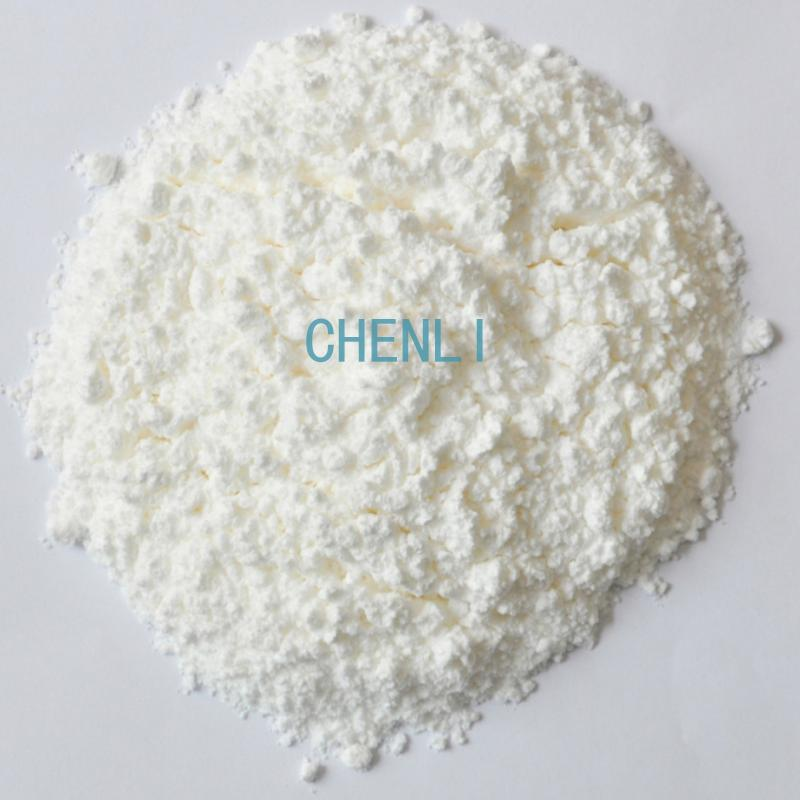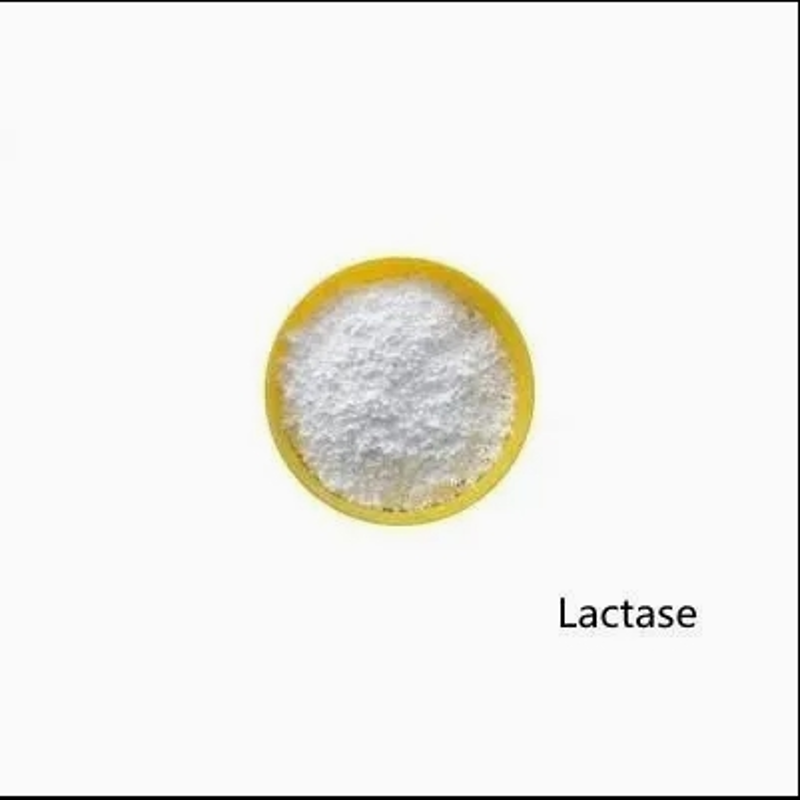-
Categories
-
Pharmaceutical Intermediates
-
Active Pharmaceutical Ingredients
-
Food Additives
- Industrial Coatings
- Agrochemicals
- Dyes and Pigments
- Surfactant
- Flavors and Fragrances
- Chemical Reagents
- Catalyst and Auxiliary
- Natural Products
- Inorganic Chemistry
-
Organic Chemistry
-
Biochemical Engineering
- Analytical Chemistry
-
Cosmetic Ingredient
- Water Treatment Chemical
-
Pharmaceutical Intermediates
Promotion
ECHEMI Mall
Wholesale
Weekly Price
Exhibition
News
-
Trade Service
The European Union's Food Additives and Flavors Group (FAF) has approved safety advice on Rohan fruit as a sweetener, the next step will be to assess its use range and use, is expected to be available in the Fourth Quarter of this year as a sweetener in the Eu From this point of view, Rohango in the European Union market has been close to the development Rohan fruit is the fruit of the perennial vine plant of gourd, is a unique medicinal dual-use plant in China, the distribution is more concentrated, Guangxi is the main production area, in China's folk food history has been more than 300 years Rohan fruit has a high nutritional value, rich in vitamin C and sugar, fructose, glucose, protein, lipids and so on Because of its high sweet taste, Rohan fruit is now widely concerned The sweetness of Pixabay Rohan fruit is mainly derived from gourdin triamcinolone glycoside substance, which is mainly Rohan glycoside V, which is about 300 times sweeter than sucrose As a new functional sweetener, Rohan glycoside has the advantage of not producing heat Production is difficult to meet market demand Rohan fruit has been used as a sweetener for decades, its safety is high The study showed that Rohanfruit had no effect on normal blood sugar, but had a therapeutic effect on hyperglycemia in mice with tetraoxysic diabetes, and showed significant dose effects At the same time, Rohan fruit extract can reduce the free fatty acids in serum, reduce oxidative stress in the development of diabetes, and prevent the occurrence of diabetes syndrome Rohan fruit as a sweetener, can reduce the intake of sucrose, is an excellent alternative raw material of sucrose Rohan fruit downstream product line is rich, dried fruit, extracts, punches, concentrates, dip paste and other different forms can meet different processing needs The export volume of Rohan fruit in China is increasing year by year From the present point of view, The cultivation of Luohan fruit is more concentrated, more than 90% of China's output from Guilin region, its total output is difficult to meet market demand Extracts, glycosides and other products processed by Rohan fruit are higher Facing the competitive pressure of sugar substitute products in the global sugar-reducing tide, sugar substitute products are emerging, of which stevia sugar is the most vocal products Stevia sugar is a glycoside substance extracted from stevia leaves and is about 300 times sweeter than sucrose Because there is no enzyme in the human body that can hydrolysis stevia glycoside bonds, stevia sugar produces almost no heat and is an ideal substitute for sugar Industry insiders predict that Rohango is currently positioned similar to stevia sugar, its development is bound to be squeezed by stevia sugar Stevia sugar has a long history China is currently one of the major producers and exporters of bulk stevia, which approved the use of stevia sugar in 1984, Japan's earlier application to food, and the United States' approval in 2008 In 2010, the World Food And Agriculture Organization/World Health Organization Joint Committee of Experts on Food Additives (JECFA) designated nine stevia glycosides for use in food and beverages In 2011, the European Union approved the use of stevia sugar as a sweetener Since then, more and more countries have allowed stevia sugar Although China is the main producing area of Luohanfruit, its application is lagging behind In 1995, the U.S FDA approved Rohan glycoside application to food, and China only approved it as a food additive the following year, and most countries have not approved Rohan fruit as a sweetener The imbalance between supply and demand is the main cause of the high price of Rohan fruit, which has no advantage in price In terms of flavor, Rohan fruit has a slight advantage, the taste of stevia sugar slightly bitter, and Rohan fruit taste pure In the application, it is rare to see the use of a particular type of sugar alone, most of which is compounded, so the use of stevia sugar itself does not show a shortage Modern studies have shown that Rohango or its extracts have a variety of health functions, and rohan fruit ingredients are added to many health care products In the future, the combination of sweetness and function can better empower Rohan go and achieve sustainable development In various forms, the Rohan fructose produced by erythritosic alcohol has gradually attracted attention in order to solve the problem of slow release of sweet ness and long retention time of Rohan fruit sweet sidets Its sweetness is about 3 to 5 times that of sucrose, but its taste is more similar to sucrose Rohan fruit sweetethise is one of the kinds of food additives prescribed in Our country, but the use as a sweetener is not limited to glycoside substances According to statistics, a Rohan fruit dried fruit (average calculated at 15 grams) contains natural sweet ingredients equivalent to a kilogram of sugar produced by the sweetness, of which only a small amount of glucose and fructose and other natural sugarsubstances This means that Rohan fruit, as a sweetener, can be applied in different forms to different food fields Rohan juice, Rohan fruit powder, Rohan fruit extract can be applied to the food industry, according to the characteristics of the product to take different forms In the beverage industry, for example, the use of Rohan juice can significantly reduce the amount of sugar and other sweeteners, making labels cleaner and products more natural It can be said that the development prospects of Rohanfruit are broad







